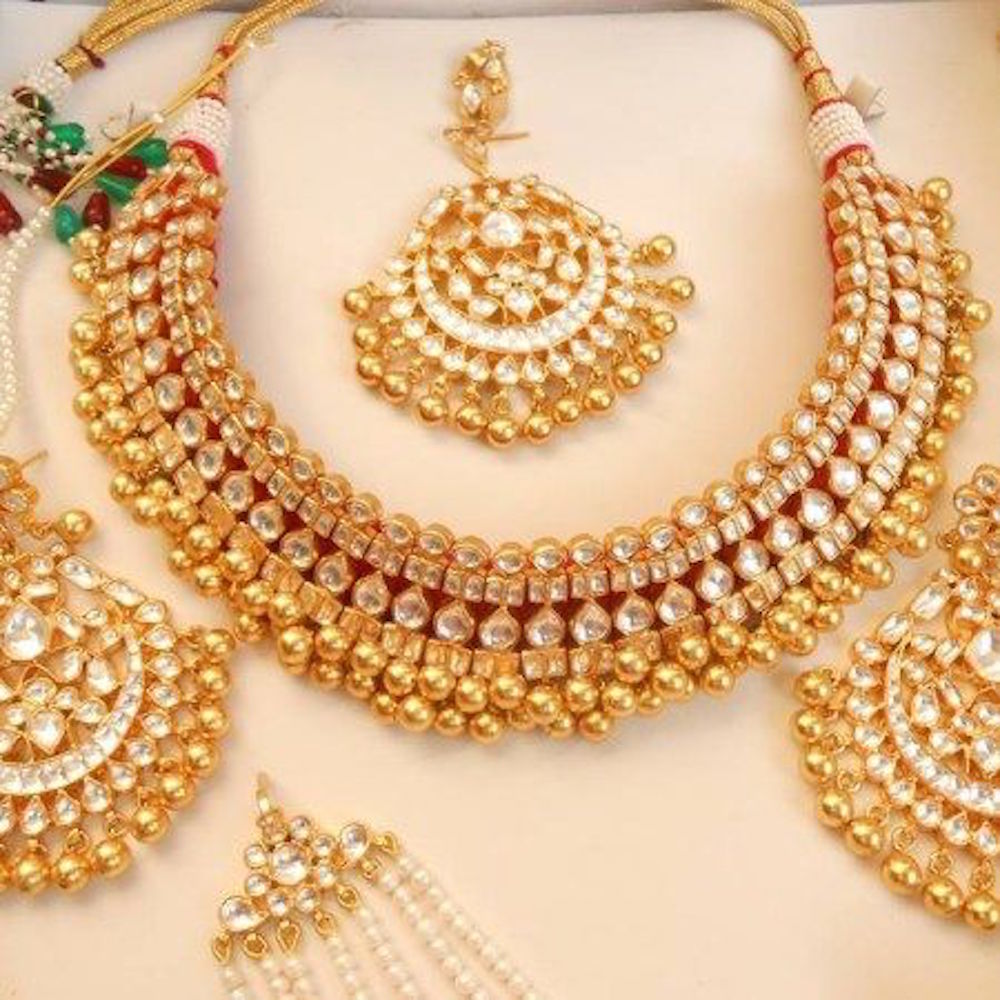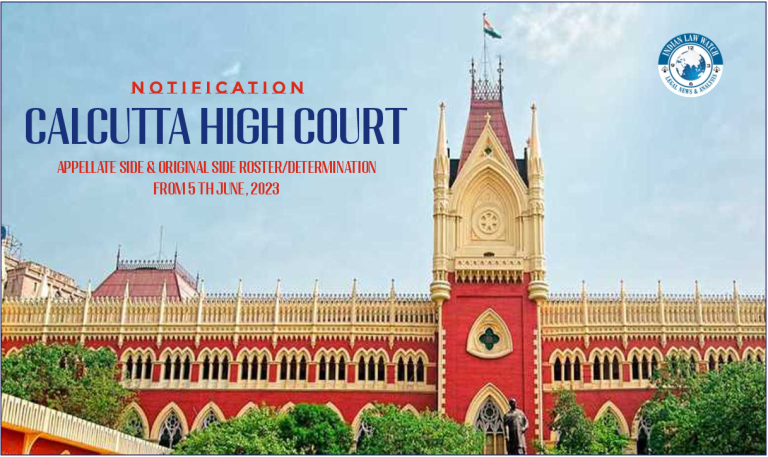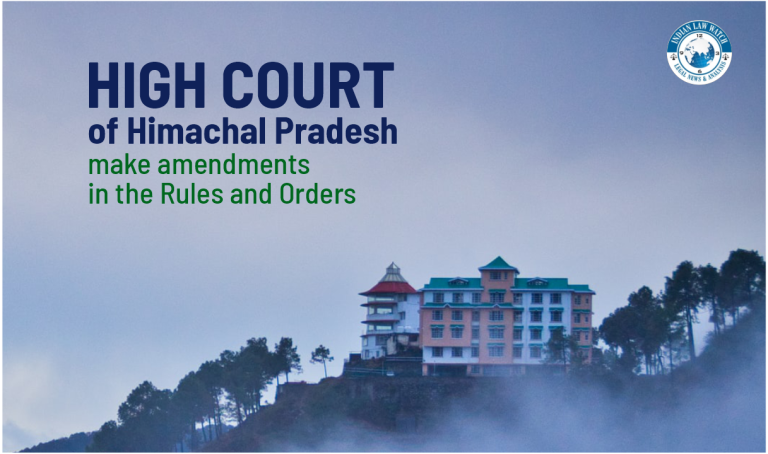Mandatory hallmarking of gold jewellery on track, clarifies Centre

POINTERS OF DEVELOPMENT
A. Fake news being spread regarding hallmarking postponement
The government on said mandatory hallmarking of gold jewellery is being implemented in phases since June 16, and a circular saying it has been withdrawn is “fake”. The government has identified 256 districts from 28 states and union territories for phase-1 implementation of gold hallmarking.
B. Implementation Directions from Government
In November 2019, the government had announced that hallmarking of gold jewellery and artefacts would be made mandatory across the country from January 15, 2021. However, the deadline was extended for four months till June 1 after jewellers sought more time in view of the pandemic.
BIS has been running a hallmarking scheme for gold jewellery since April 2000 but hallmarking of gold is voluntary as of now. The government had made a provision of hallmarking mandatory under section 14 and section 16 of the Bureau of Indian Standards Act, 2016. Post notification, it will be compulsory for all jewellers selling gold jewellery and artefacts to register with BIS and sell only hallmarked gold jewellery and artefacts.
A new Bureau of Indian Standards (BIS) Act, 2016 has been brought into force with effect from 12th October 2017. The Act established the Bureau of Indian Standards (BIS) as the national standards body of India.
The benefits of hallmarking are widely recognised. Policymakers, regulators and global market participants acknowledge that hallmarked gold instils trust in domestic consumers and boosts confidence among international purchasers.
This could have widespread ramifications in India, helping to formalise the National Gold Industry, bolster consumer faith in the market and ensure that Indian jewellers play a leading role on the world stage.
C. History of hallmarking
During Manmohan Singh’s tenure, a proposal was cleared to approve amendments to the Bureau of Indian Standards (BIS) Act, 1986. The aim was to simply expand the scope of mandatory hallmarking to include products like gold.
For a long period of time, the practice of hallmarking gold was voluntary. This didn’t require gold jewellery retailers and manufacturers to set a certain price on the yellow metal. The amendment would empower the government to bring in compulsory certification to protect consumers from unscrupulous jewellers. The (BIS) hallmark is a mark of conformity widely accepted by the consumer on the quality of products like gold jewellery.
In January 2017, the BIS revise the standards around hallmarking, stipulating the jewellers with a license to sell hallmarked jewellery could only sell its grades of 14 karats, 18 and 22.
Gold and gold alloys shall be classified in accordance with their fineness in grades of 22, 18 and 14 carats. These classifications are applicable for gold jewellery/artefacts also. The BIS guidelines said. However, this ruling caused stress to jewellers too, as consumers demand ornaments in different carats. Nevertheless, the central government is further looking to make amendments, where it would include more caratages and also make hallmarking of gold jewellery mandatory in 2018.
These regulations are well required in the jewellery industry to ensure purity, but trade will be hoping for better clarity in the regulations to better serve the consumers.
Image:
![]()





